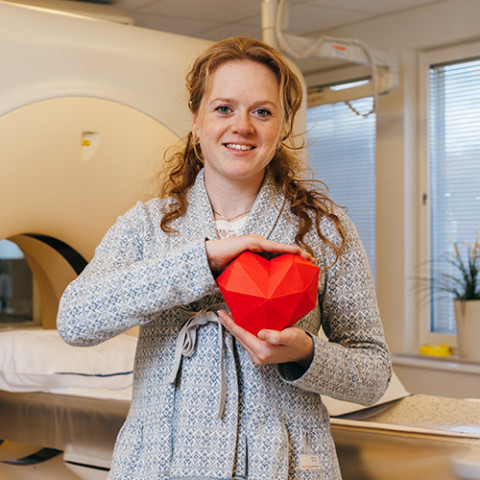Blog
08 February 2022
The ‘Scandi Noir Syndrome’ and the rise of pathology
If there is one thing that has defined pathologists in our collective imagination like never before, it’s the rise of the ‘Scandi Noir Syndrome’.
The worlds of Henning Mankell, Jo Nesbø, Camilla Läckberg and Stieg Larsson have gone mainstream. With more time to spend at home, we have sought solace in literature and streaming services. On TV, we have been bewitched by masterpieces like The Killing, The Bridge, and Unit One. They all feature pathologists shedding light on key aspects of the investigation.
“Pathology means the study of disease, and it’s the cornerstone of medicine. All diseases, except the purely functional ones, are relevant to us. Post-mortems account for less than 1% of our time,” said Björn Isfoss, Unilabs Norway Chief Physician in Pathology. “That said, our line of work can indeed be described as visually exciting detective work – where the baddies are bad cells.”
Pathologists provide crucial evidence to detectives who solve cases, but for doctors they provide guidance on the right treatment for diseases and conditions. They play a critical role in research, advancing medicine and devising new treatments to fight infections, metabolic/degenerative diseases, and cancer.
For instance, no patient gets cancer treatment until a pathologist presents the tissue-based evidence which helps identify the right remedy. It’s called Pathologic Anatomic Diagnosis (PAD), and its standardised phraseology telegraphs to the treating physician what is likely to happen to the patient with or without further therapy. For example, if the PAD from a fatty lump of the back spells “lipoma” everything is fine and dandy – nothing needs to be done. If it spells “lipoSARComa” we’re in a completely different ballpark because it predicts that the tumour cells will devour neighbouring tissue to make place for its expanding self if nothing further is done. Then the pathologist will test the tissue for various anti-cancer medications.
The bulk of pathology laboratory work and diagnosis is done using techniques from the latter half of the nineteenth century, in the footsteps of the first pathologist, Rudolf Virchow. His curriculum vitae would make any fictional character look pedestrian. This Lisabeth Salander of pathology went head-to-head against Bismarck himself in national politics, participating in a revolution, and declared that most diseases are rooted in poverty. Virchow published a whopping 2,000 medical works, he described diseased cells in microscopic detail, and he coined the term “Cellular Pathology”.
And thanks to advances that started at the end of WWII pathologists can now define the protein profile of cells, which every day in every pathology lab in the world helps enormously to classify cancers. It is called Immunohistochemistry.
Then, enabled by genomics (and other -omics) pathologists can diagnose even the most obscure tumours. As if that were not enough, Computational Pathology including Artificial Intelligence is no longer science fiction. It’s in use, and it improves pathology diagnosis beyond what the human eye and mind can master. The old pathologist joke “the computer says …” is no longer a joke. Pathologists are now dependent on computers to do the most super-reliable diagnoses.
So, the pathologist of Scandi film noir may still be the introvert all-knowing character, but today she/he has the molecular and digital tools that make him far more powerful.

